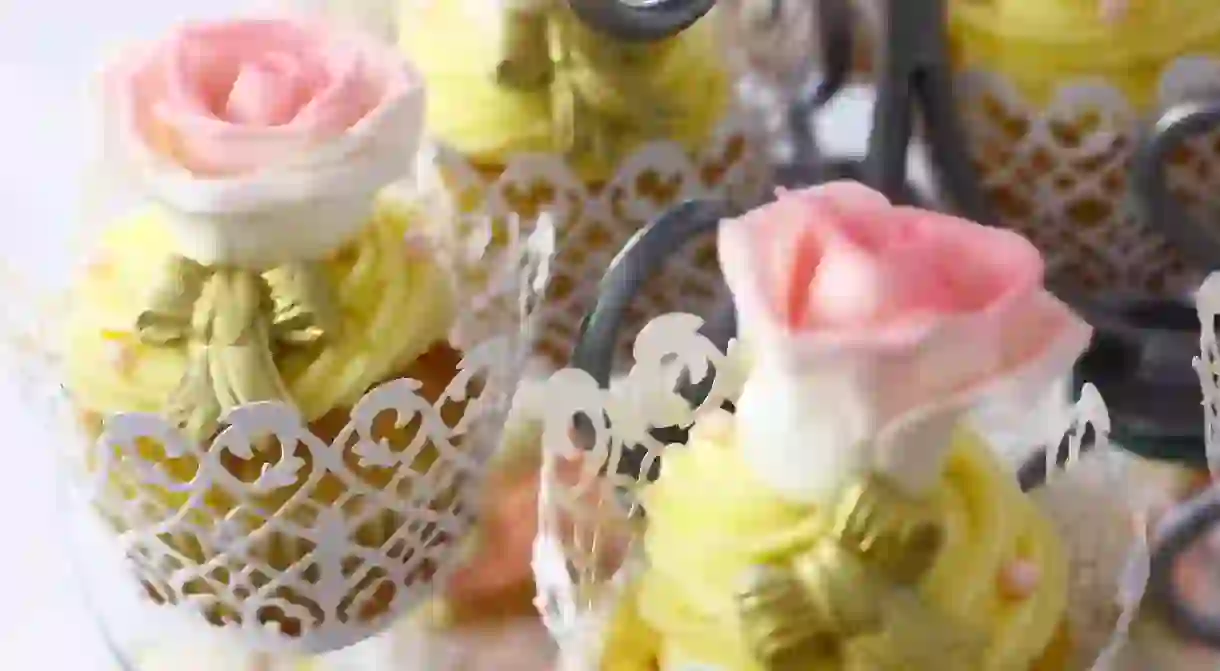A Guide to Relishing the Nordic Flavors of Edible Flowers

Salads with violas and dandelions, desserts with rose petals on top, and cocktails with lavender syrup; edible flowers are the new trend that over the past few years have taken over gourmet cuisines with Nordic chefs leading the way once more.
Edible Flowers in Ancient Civilizations
Using flowers for culinary reasons isn’t something new. As a matter of fact, specific types of flowers were used during Roman times, throughout the medieval and Victorian periods. Civilizations around the world such as Ancient Greek, Chinese, Middle Eastern, and Indian were using flowers either for medical benefits, in their rituals, or simply for food. Even though in modern societies eating flowers wasn’t very common and it was only a few years ago that this food habit revived, it is now becoming popular and more and more people add edible flowers in their diet.
What About Health Benefits?
The question that is usually raised is whether edible flowers actually add a special flavor and have health benefits or if they’re just used for embellishment reasons that food Instagrammers appreciate. Who can resist giving “a heart” to a rose-garnished dish?
According to gastronomy experts, edible flowers definitely enhance a food’s flavor and each type adds a different taste. Nasturtium for a peppery taste, begonia petals for a citrusy touch, or tulip flowers for a unique popsicle. However, before you start experimenting with your garden’s colorful flowers, make sure to have read which one of them is for eating and test yourself for allergies before you start chewing that gladioli petal on the top of your dessert.

Edible Flowers in Nordic Cuisine
Noma’s internationally acclaimed chef, René Redzepi, is a strong supporter of using flowers in his recipes and not only for decoration. For him, flowers are an essential ingredient for his desserts. After all, he’s not known for reviving the Nordic cuisine for no reason. In his book, Noma: Time and Place in Nordic Cuisine, he explains why it is important to use raw materials coming from nature; some of the 90 recipes featured in his book have edible flowers as their main ingredient. Many chefs in Scandinavia and around the world have adopted this new trend and a great number of them actually cultivate their own garden.














